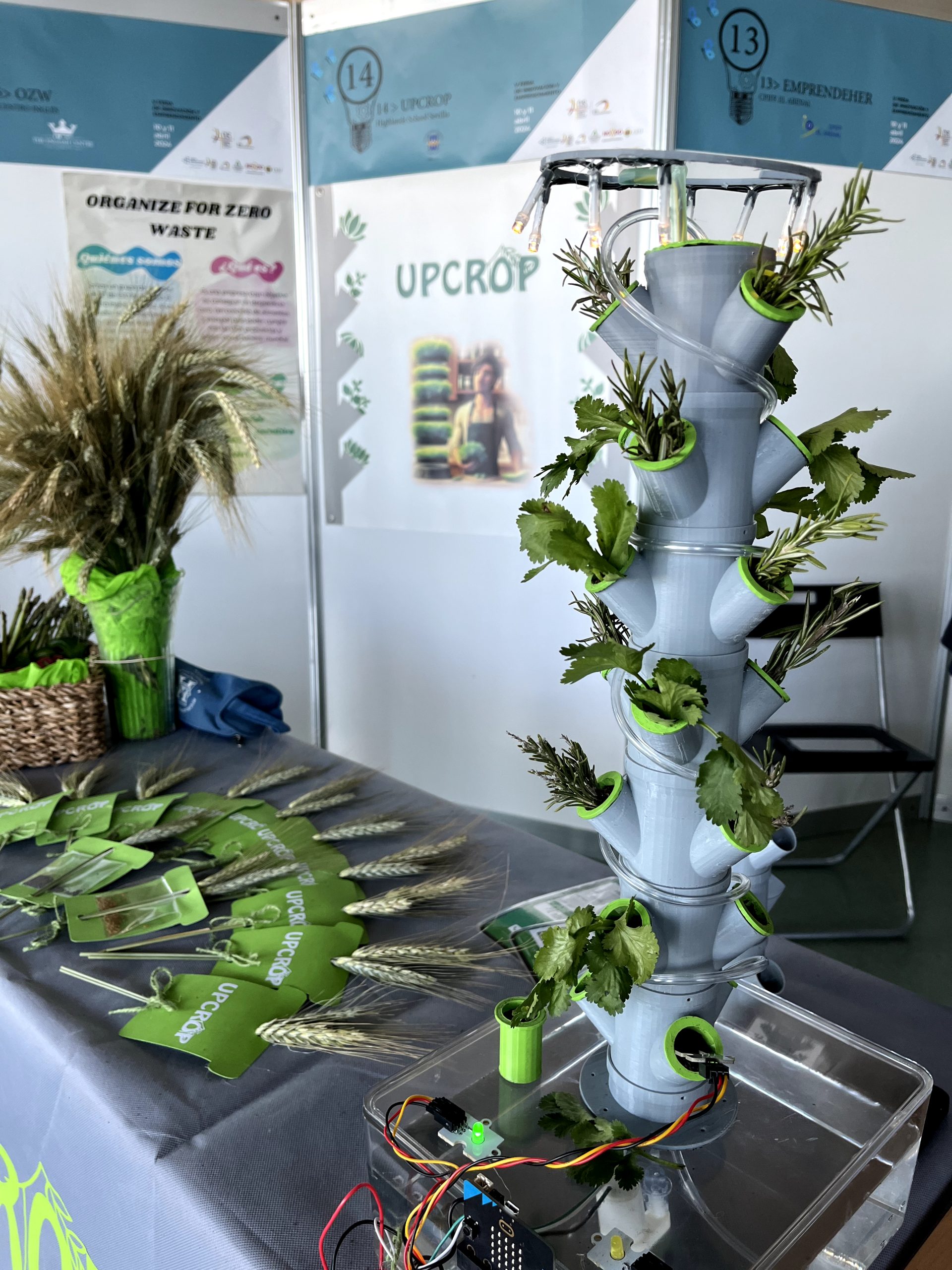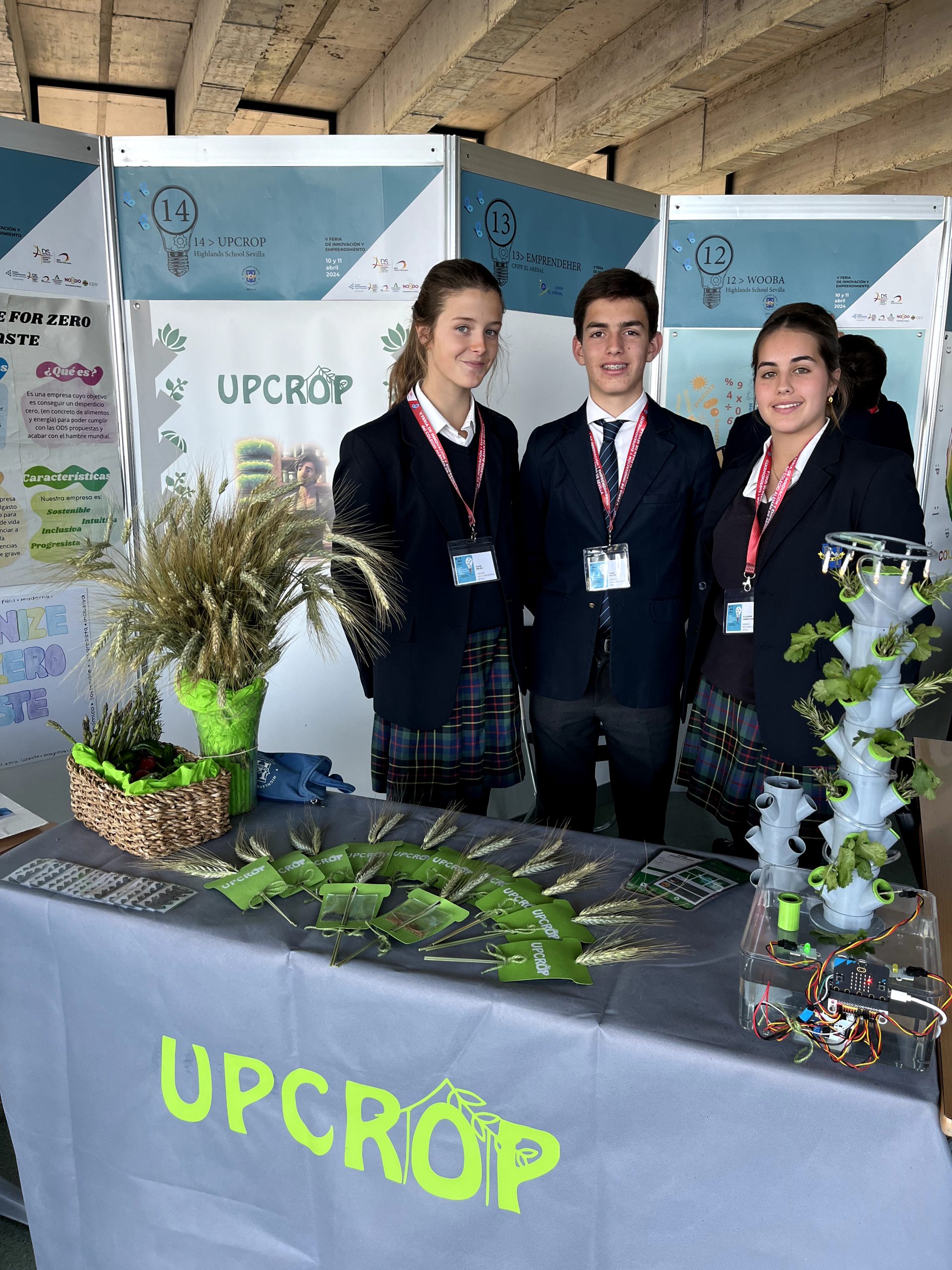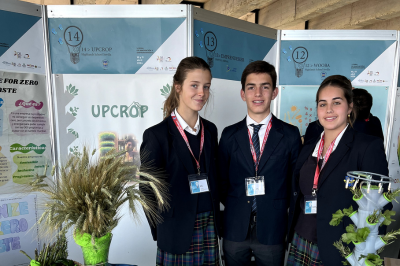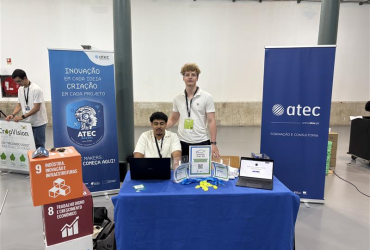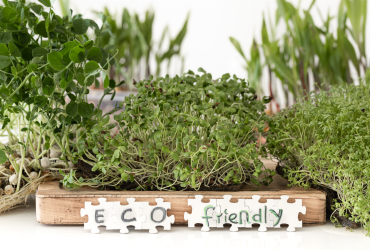Artificial intelligence is not only used to create illustrations or texts from simple commands or to fuel the creativity of writers and filmmakers to create stories. It can also solve industrial problems by collecting and analysing massive amounts of data.
In this sense, AI and agriculture have long been allies, as artificial intelligence is completely transforming the agricultural sector.
Benefits of using AI in agriculture
The use of AI is increasing crop yields from a sustainable and environmentally friendly perspective.
This makes it possible, for example, to grow crops on land with obvious soil problems that would be unusable using conventional techniques. It is also significantly reducing the risk of human error.
Artificial intelligence systems operate on the basis of reliable and extremely accurate factual information gathered by electronic devices. This means not only collecting and handling large volumes of data, but also analysing it in real time and, if programmed to do so, making immediate decisions in response to potential problems or mishaps that may arise. For example, by monitoring humidity levels, the technology can decide to activate or deactivate the irrigation system.
The use of AI translates into great savings in resources, which is crucial in countries such as Spain, which in recent years has been facing the worst drought in its history. Artificial intelligence tools indicate exactly how much water a given crop needs and when it is needed. The farmer will only have to adjust irrigation according to the algorithm’s recommendations and the process will be carried out automatically.
However, the advantages of artificial intelligence in agriculture go far beyond this. For example, algorithms are able to predict and take measures to prevent the occurrence of pests and other diseases on the plantation.
It also has the potential to improve the agricultural supply chain and to plan production and distribution. Today, AI is improving product quality, reducing business costs and generating less waste.
AI, agriculture and entrepreneurship
The alliance between AI and agriculture has resulted in entrepreneurship. There are many projects that combine these three elements to implement solutions that improve life in the environment. Among all these initiatives at JA Spain, we wanted to focus on UpCrop, a project created by secondary school students at the Highlands School in Seville.
UpCrop focuses on solving a problem that concerns most of society: good nutrition. Eating vegetables is an option, but the problem is not in finding them, but that they are of optimum quality. Fertilisers are used more and more frequently and this is scientifically proven to have taken an exponential toll on the health of those who consume them.
UpCrop offers the possibility of planting a vertical garden of simple use and reduced size, replacing traditional vegetable gardens with the intention of making them accessible to all. UpCrop incorporates AI to control the ideal factors for growth and harvesting. This makes it easy for the user to use and manage the garden, for which no training is required.
Indoor farming is a type of urban agriculture that takes place within enclosed facilities where technology, not nature, controls the ideal factors for growth and harvest. According to Nature, if we produced all our fruit and vegetables locally, we could save 1 billion tonnes of CO2 every year. That is three times the emissions of the Spanish economy, according to the INE.
The future of agriculture with AI
Artificial intelligence is not only the future of the agricultural sector, but also the present. Artificial intelligence is optimising the decision-making process and, in general terms, helping to create much more productive and resilient agricultural systems. It is only a matter of time before it is fully deployed, which will be key to safeguarding precious resources and meeting the growing food demands of the world’s population.
